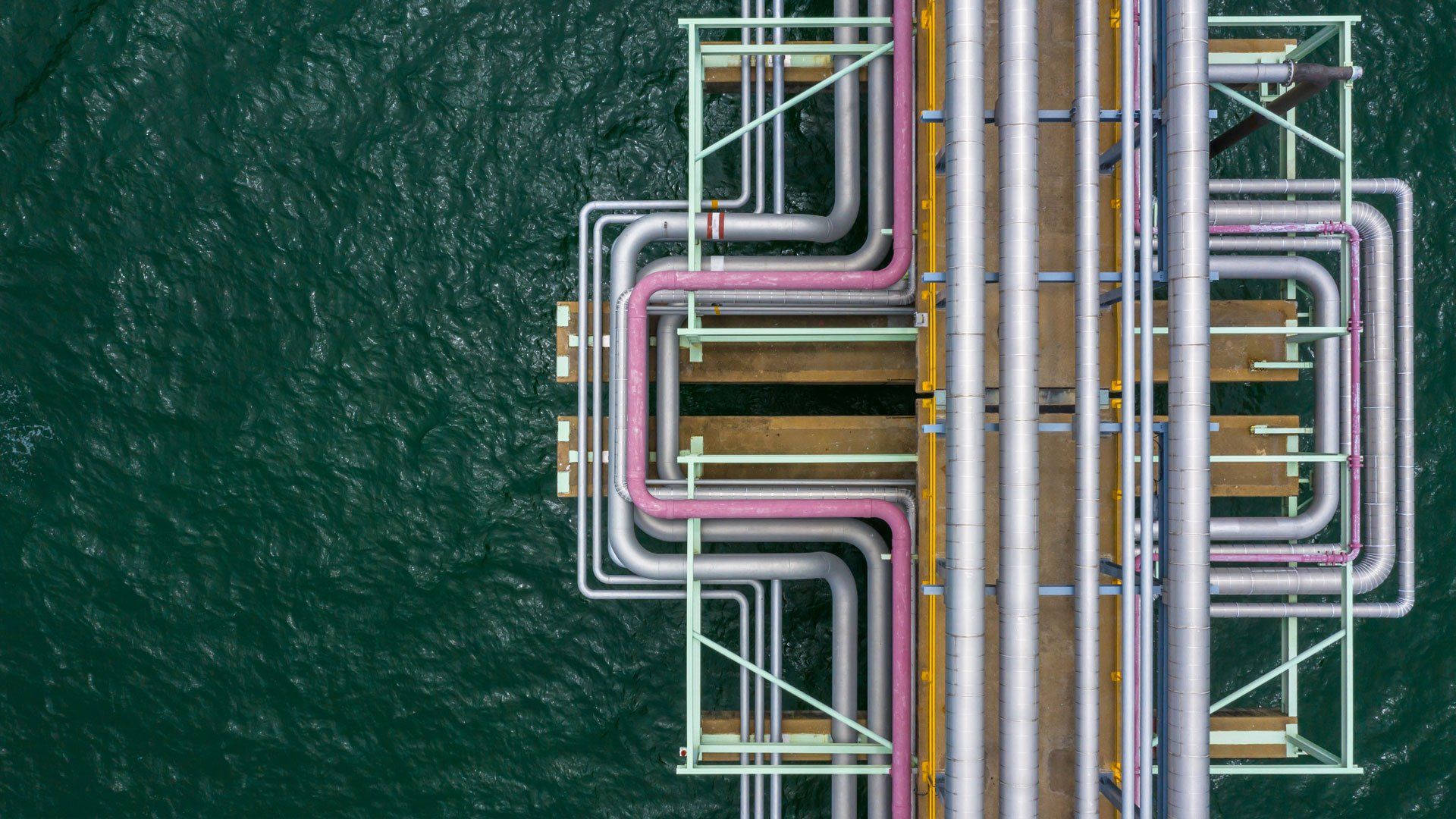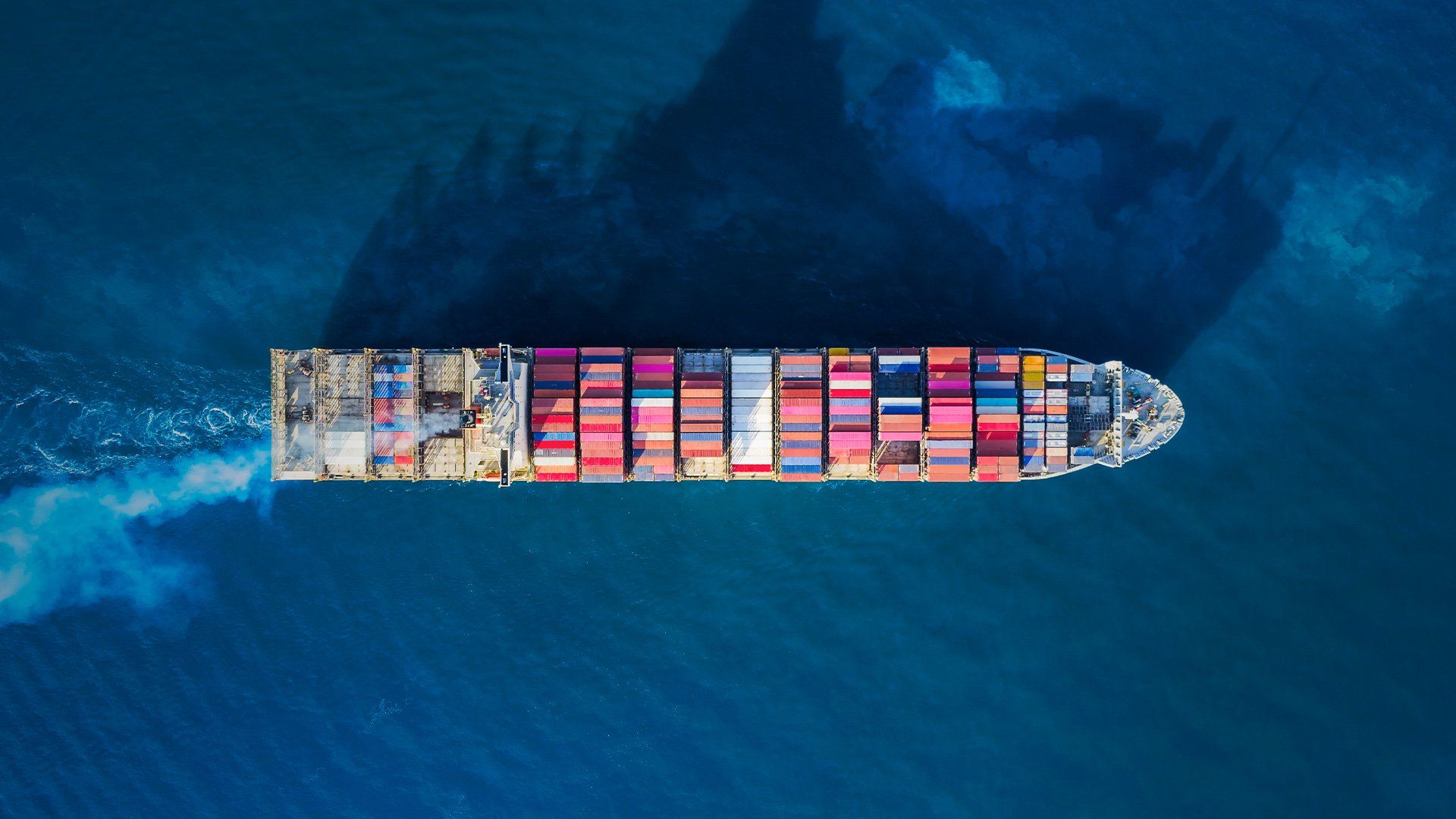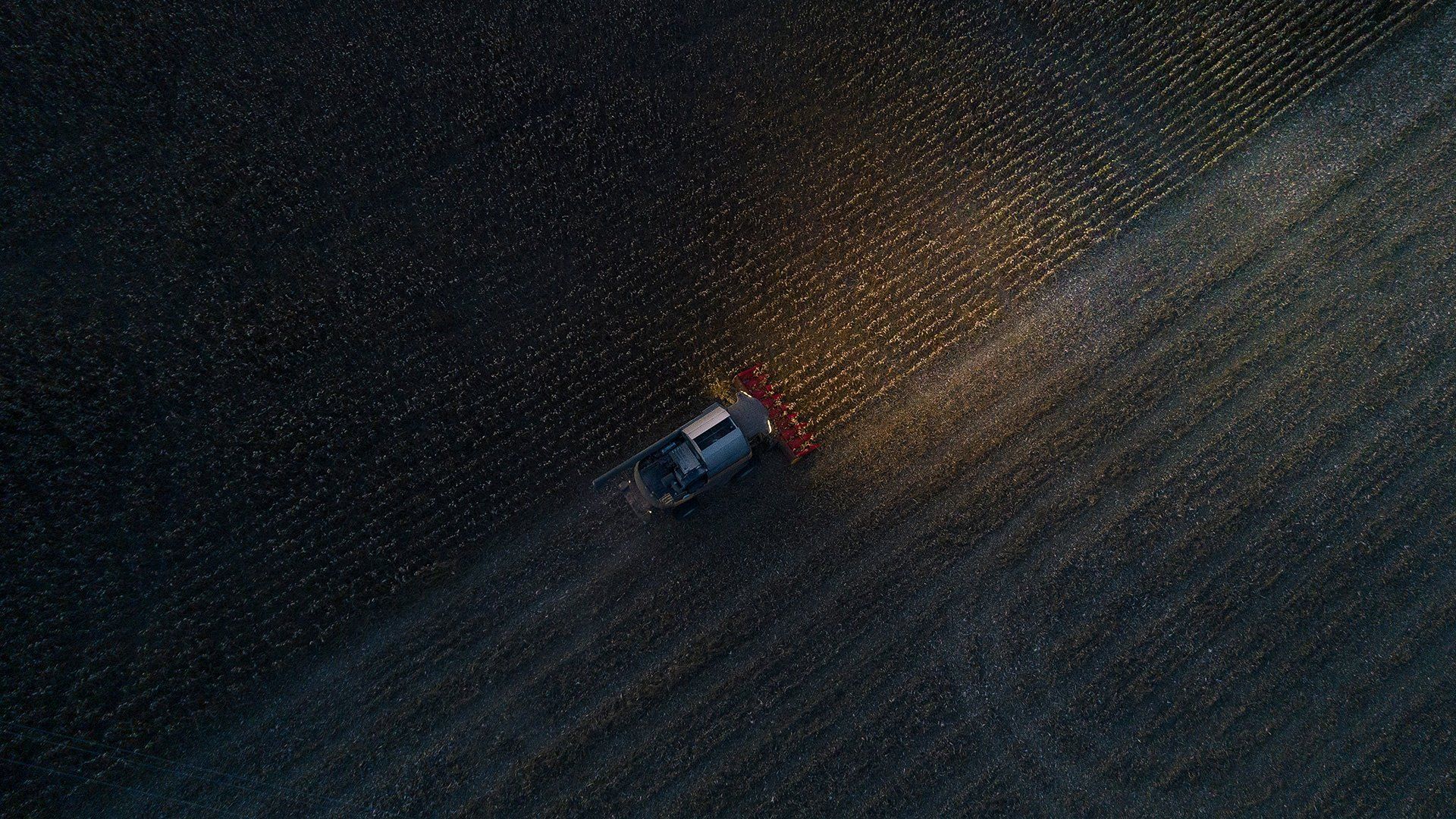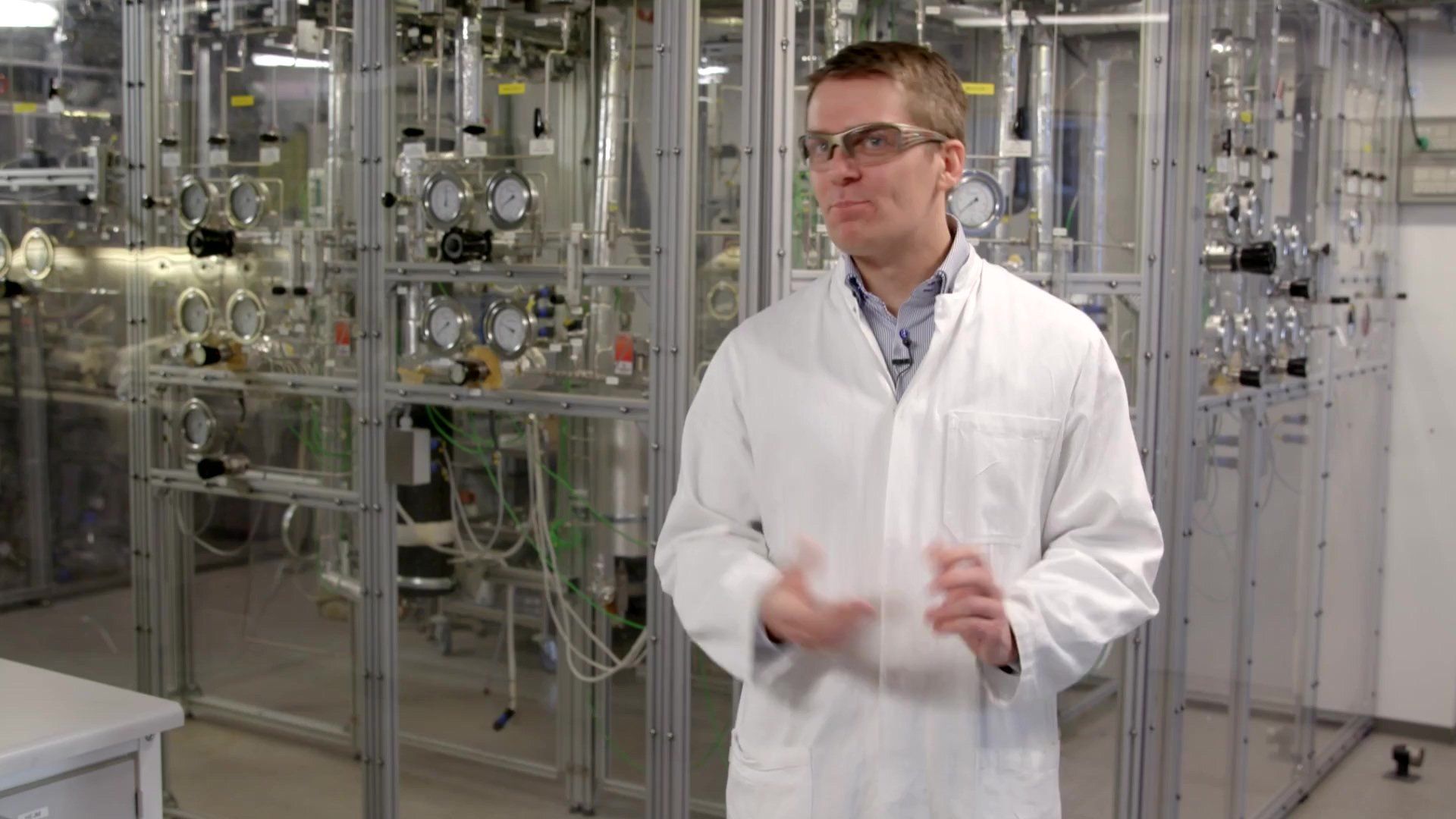From the chair you are sitting on to the screen you are reading from. Absolutely everything has a carbon footprint.
What the world and its growing population needs is ways to go on making while at the same time bringing down carbon emissions.
Blue Technologies

What about the existing natural gas infrastructure? Is that a sunk cost in a green world?
No, existing natural gas infrastructure can be decarbonized by using blue solutions.
Enter Blue hydrogen, blue ammonia and blue methanol. While these technologies use natural gas as an energy source, they are supplemented by carbon capture capabilities. With the right choice of technology, 99%+ carbon recovery can be achieved. These technologies are so mature, that they are deployed at mega scale today leveraging economy of scale to lower the levelized cost of production.
Blue Technologies: BLUE STEPS TO GREEN
.jpg)
Topsoe blue hydrogen and ammonia technology will be used in Air Products’ landmark $4.5 billion clean energy complex in Louisiana. Expected to begin operation in 2026, the facility will avoid over five million metric tonnes of greenhouse gas emissions per year.
”The strength of our global alliance agreement with Topsoe, providing access to technology-leading capabilities, continues to be reinforced through our latest, large-scale project.”
- Dr. Samir J. Serhan, COO at Air Products.
Blue Technologies: BLUE STEPS TO GREEN

Topsoe was selected as technology licensor for the Barents Blue ammonia plant in Finnmark, Norway. Using Topsoe's ammonia technology, the project aims to produce blue ammonia as a low-carbon alternative for the marine sector.
Blue Technologies: BLUE STEPS TO GREEN
.jpg)
Topsoe’s SynCOR™ technology will enable capture of over 95 percent of CO2 emissions from the production of blue hydrogen at Air Products’ facility to be built in Edmonton, Canada. Canada’s clean energy strategy has marked hydrogen as a key to achieving carbon neutrality by 2050.
Constructing a grassroot blue
hydrogen plant with Topsoe technology can enable
99%+
Reduction in
CO2 emissions
BIOMETHANOL:
ONE PERSON’S WASTE IS ANOTHER’S WONDER

Methanol powers things everywhere. If businesses, economies, and the wider world could transition to a lower-carbon fuel that can be supported by existing infrastructure, the positive impact would be huge.
Enter biomethanol. It works like methanol but is made from biomass like forestry and agricultural waste plus biogas from landfills and sewage, and it reduces carbon impact. Smelly, good business.
BIOMETHANOL:
ONE PERSON’S WASTE IS ANOTHER’S WONDER
|
How to keep producing fuels while reducing carbon emissions? |
Topsoe is already making biomethanol from biogas Topsoe’s small-scale plant showcases how biogas in an electrified process can be turned into low-carbon biomethanol. The technology – eSMR – can also be applied to other feedstocks, and the end products could also be in the form of other sustainable output such as green hydrogen, green ammonia, or eFuels. Facts:
|
biomass hold for the
manufacturing industry?
How is biomass made?
“We see true sustainability here because we are looking at biomass which is grown within a year."
Peter Mølgaard
Principal Scientist
“Biomass conversion is a natural process that occurs in nature by decaying plants and crops.“
Yassir Ghiyati
Senior Product Line Director
We're Here For How
A world of energy transition possibilities awaits.
Just fill out the form.
Thank you for
your message
A member of our team will be in touch.
